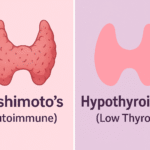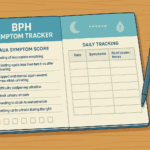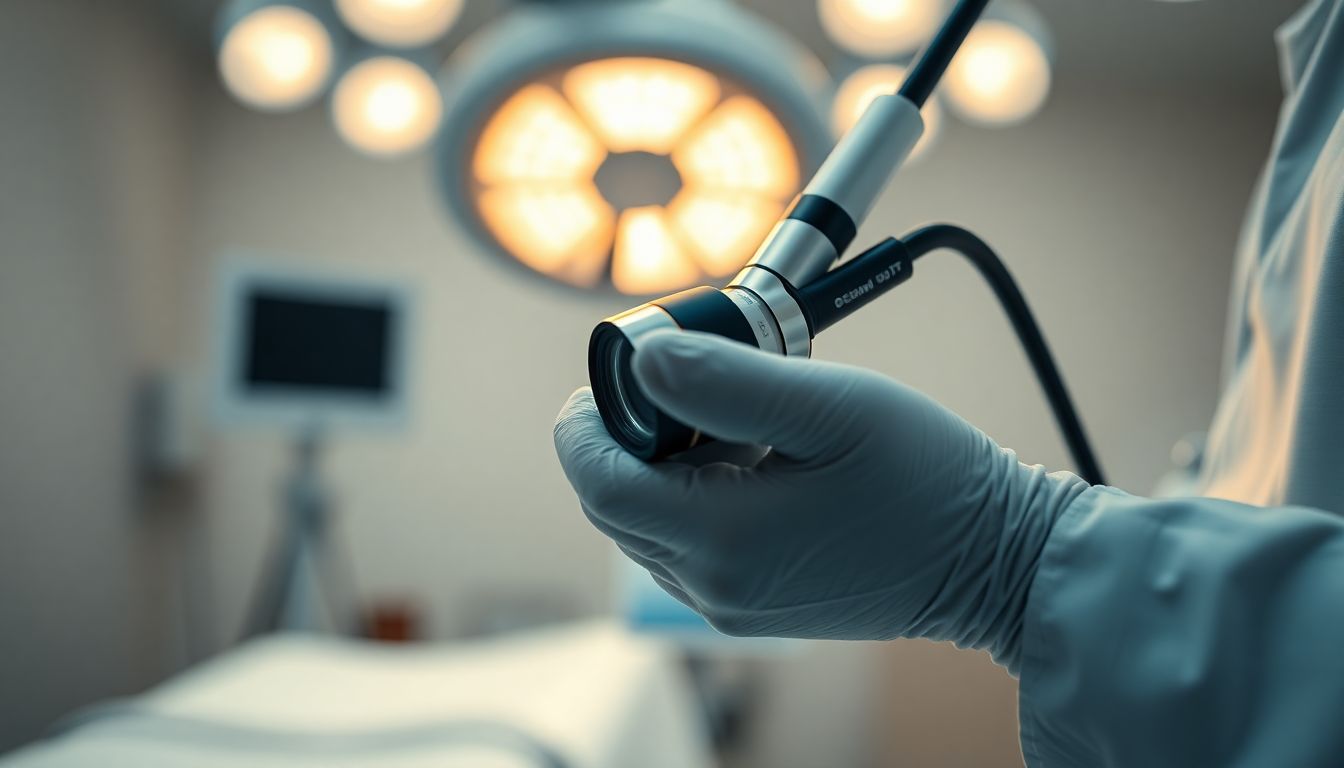Struggling with BPH symptoms but wary of surgery? UroLift is a minimally invasive treatment that relieves urinary discomfort without major incisions or lengthy recovery times. But is it right for you? In this guide, we’ll break down how UroLift works, compare it to traditional TURP surgery, and help you decide if it’s the best solution for your enlarged prostate.
For a full overview of BPH treatments, explore our Enlarged Prostate (BPH) Guide.
This is part of our extensive resource on BPH treatments. See all options in the BPH Medical & Surgical Treatments Silo Hub.
What Is UroLift? How Does It Work?
UroLift is an FDA-approved procedure designed to relieve BPH symptoms by lifting and holding the enlarged prostate tissue away from the urethra. Unlike surgery, it doesn’t require cutting or removing tissue.
How it’s done:
- A urologist inserts a small device through the urethra.
- Tiny implants (about the size of a grain of rice) are placed to hold the prostate open.
- The procedure takes under 30 minutes, often with just local anesthesia.
Pros of UroLift: Why Men Choose It
✅ Minimally Invasive
- No cutting or removal of prostate tissue.
- No hospital stay—typically done in a clinic. This contrasts with other surgeries where catheterization may be required; see our care guide on BPH Catheterization
✅ Fast Recovery (Back to Normal in Days)
- Most men resume light activities within 2–3 days.
- Far quicker than TURP (which requires 4–6 weeks of recovery). You can read a firsthand account of the alternative in BPH Surgery Recovery: One Man’s Diary
✅ Preserves Sexual Function
- Unlike TURP, UroLift does not cause retrograde ejaculation (a common side effect of prostate surgery). For more on managing this, read BPH and Sexual Health.
✅ Local Anesthesia Option
- Avoids risks of general anesthesia (ideal for older men or those with health concerns).
Cons of UroLift: Is There a Catch?
❌ Not for Severe BPH
- Best for moderate symptoms (if your prostate is very large, TURP may be more effective).
❌ Temporary Relief (Repeat Procedures Possible)
- Some men need a repeat procedure after 3–5 years (TURP offers longer-lasting results).
❌ Insurance Hurdles
- While Medicare usually covers it, some private insurers require prior authorization.
UroLift vs. TURP: Key Differences
| Factor | UroLift | TURP (Traditional Surgery) |
|---|---|---|
| Procedure Time | 20–30 minutes | 60–90 minutes |
| Recovery Time | 2–3 days | 4–6 weeks |
| Sexual Side Effects | Rare (preserves ejaculation) | Common (retrograde ejaculation) |
| Best For | Moderate BPH | Severe BPH |
For a side-by-side analysis of the gold standard, compare this to TURP vs. Laser Surgery (GreenLight)
What to Expect: The UroLift Patient Journey
Before the Procedure
- Consultation with a urologist (they’ll check prostate size and symptoms).
- No major prep needed (unlike TURP, which may require fasting). Make sure you ask all the right questions using our guide, Preparing for Your Urologist Appointment
During the Procedure
- Done under local or light sedation.
- You may feel slight pressure but no serious pain.
After UroLift
- First 24 hours: Mild burning during urination (normal).
- First week: Some blood in urine (temporary).
- 1-month follow-up: Most men report stronger urine flow and fewer nighttime trips.
“I was back to gardening the next day—no catheters, no drama!”
— Mark, 62 (UroLift patient)
Who’s a Good Candidate for UroLift?
UroLift works best if you:
✔ Have moderate BPH symptoms (not severe blockage).
✔ Want to avoid major surgery or sexual side effects.
✔ Prefer a quick recovery (ideal for active men).
Not sure? Take our BPH Symptom Quiz to see if UroLift fits your needs.
Frequently Asked Questions
1. How long does the UroLift procedure take?
Most UroLift procedures are completed in under 30 minutes. It’s typically done in a clinic (no hospital stay required). For quick answers to many BPH topics, see our Comprehensive FAQ on Enlarged Prostate (BPH)
2. Does UroLift hurt?
You may feel pressure or mild discomfort during the procedure, but general anesthesia isn’t needed. Post-procedure, some men experience:
- Slight burning during urination (1–2 days).
- Temporary blood in urine (resolves within a week).
3. What’s the success rate of UroLift?
Studies show 85–90% of men report improved urine flow and reduced symptoms within 2–4 weeks. Results vary by prostate size.
4. Can UroLift cause erectile dysfunction (ED) or retrograde ejaculation?
No. Unlike TURP, UroLift preserves sexual function because it doesn’t damage prostate tissue or nerves.
5. How soon can I return to work after UroLift?
Most men resume light activities within 2–3 days. Avoid heavy lifting for 1 week.
6. Is UroLift covered by insurance or Medicare?
- Medicare: Usually covered (Part B).
- Private insurance: Often covered but may require prior authorization.
Tip: Ask your urologist’s office for coding help (e.g., CPT 52441).
7. Will I need a catheter after UroLift?
Some men need a temporary catheter (removed within 24 hours). Others urinate normally immediately.
8. How long do UroLift results last?
Symptom relief lasts 5+ years for most men. Repeat procedures are possible if BPH progresses.
9. Who is NOT a good candidate for UroLift?
UroLift may not work if you have:
- A very large prostate (>80g).
- Bladder damage from long-term BPH. This is a key concern when patients utilize The Watchful Waiting Approach too long.
- Urinary stones or strictures.
Take our BPH Symptom Quiz to see if you qualify.
10. Can UroLift be combined with other BPH treatments?
Yes! Some men pair UroLift with:
- Medications (e.g., alpha-blockers). Learn the pros and cons of these drugs in Alpha-Blockers vs. 5-ARIs Side Effects
- Lifestyle changes (e.g., pelvic floor exercises).
Final Verdict: Is UroLift Right for You?
UroLift is a game-changer for men who want:
- Fast relief without major surgery.
- No sexual side effects.
- Minimal downtime.
But if you have severe BPH, TURP or other surgeries may be more effective.
Next Step: Compare all options in our Comprehensive BPH Treatment Guide.
Still unsure if UroLift is right for you?
Explore all your options in our Comprehensive Guide:
How to Deal with an Enlarged Prostate (BPH): Symptoms, Treatments & Lifestyle Tip
Compare medications, surgeries, and natural remedies—plus get actionable tips to improve symptoms long-term.”









